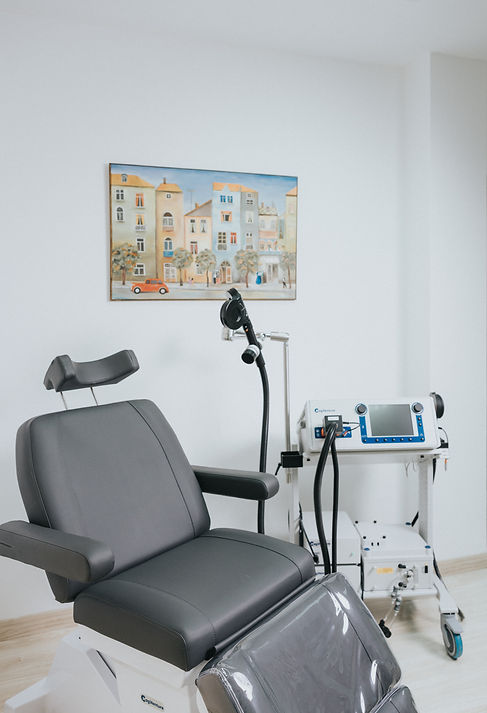
BRAIN THE WAY
Holistic Psychology
TRANSCRANIAL MAGNETIC STIMULATION
Obsessive-compulsive disorder (OCD)
Depression
Addiction
Post Traumatic Stress Disorder (PTSD)
TMS
Transcranial Magnetic Stimulation is a non-invasive procedure that uses a magnetic field to stimulate specific areas of the brain. It is usually performed by a trained healthcare provider in a medical setting.
During a session, the patient sits in a comfortable chair and wears a special headset (a magnetic field generator, or “coil”) that is placed against a specific area of the scalp.
The coil produces a short burst of a magnetic field that passes through the skull and stimulates the brain cells in the targeted area. The magnetic field is rapidly turned on and off, creating a current that stimulates the brain cells. The intensity and duration of the magnetic field can be varied to achieve the desired effect.
TMS enhances the brain’s inherent neuroplasticity—this is the brain’s ability to build connections between different parts of the brain. This allows the brain to adapt, relearn, or reprogram itself in order to function better. Stimulation of the correct neural circuitry, at the correct frequency, has the potential to translate into clinical benefit.
Simply put, this allows the functioning of underactive areas of the brain to be “switched on” and overactive areas of the brain to be “switched off.”


10 Benefits of TMS therapy
1. Medication free treatment
Treatments are medication free. It can be used alongside your other treatment plans.
2. Short treatments
TMS treatment is an out-patient, non-invasive procedure. Treatment plans are typically between 25-30 sessions, each averaging around 5-27 minutes per session. The treatments are done in a comfortable chair, within a comfortable environment.
3. Stopped at any time
You can stop the treatments at any time without any side effects or withdrawal symptoms. Treatment is non-addictive.
4. Minimal side effects
It has minimal side effects compared to medications.
5. Non-hospitalised treatment
It does not require any admission into a hospital or clinic, and no overnight stays.
6. Effective treatments
In clinical trials TMS has been shown to be over 50% effective in treating mental health conditions. Navigated TMS with personaised brain mapping individualises treatment for higher success rates.
7. Can be used in patients with comorbidities
May be an option for patients who have multiple medical conditions and who may not be able to take multiple medications.
8. Non-invasive
Treatment does not require surgery, anaesthesia or numbing creams, making it a safer alternative to other treatments such as deep brain stimulation.
9. Adjunctive treatments
Can be used in combination with other treatments therapies to enhance the overall effectiveness of treatment.
10. Targeted treatment
Can be targeted to specific areas of the brain, allowing for more accurate treatment.
If you are considering TMS therapy, reach out to us.
Email us - tmstherapy.btw@gmail.com